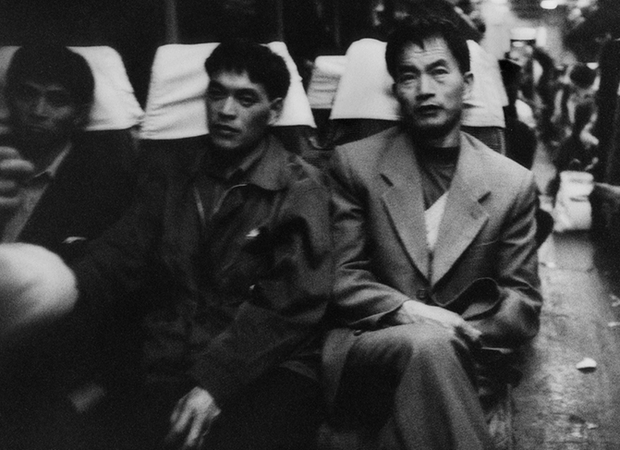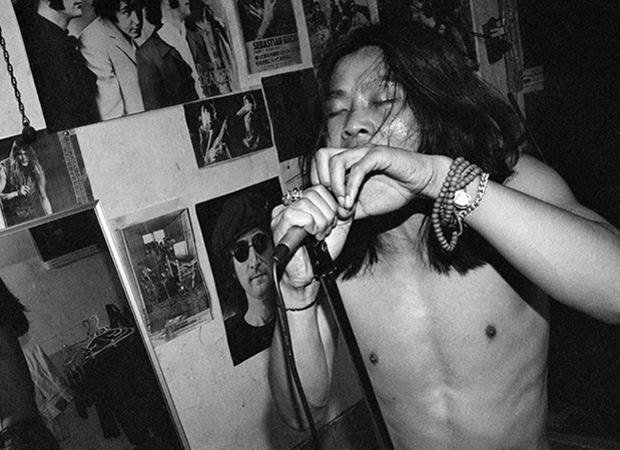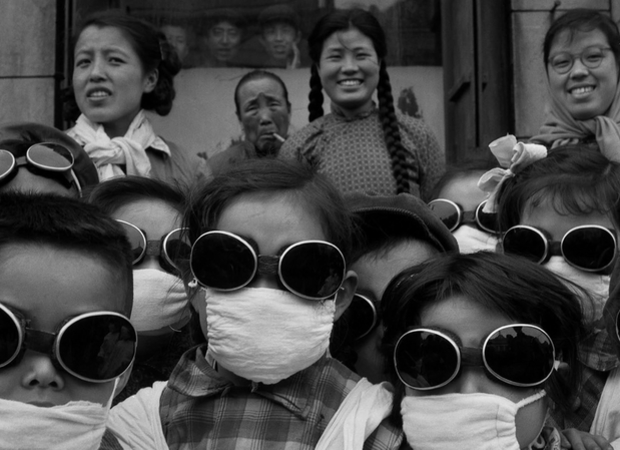Earthbound China
01.23.13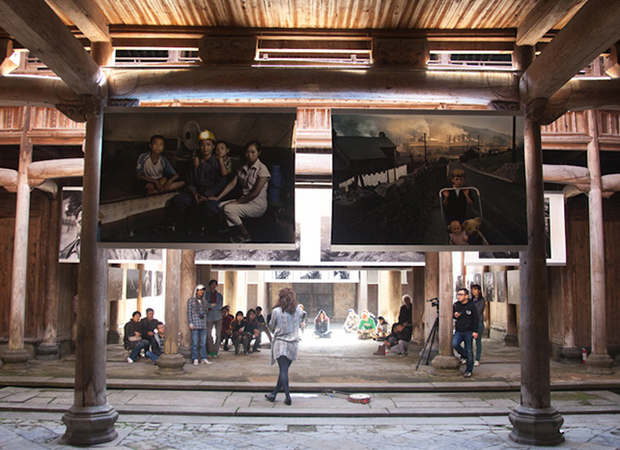
Appalachia Comes to Anhui
This past fall, my colleague Sun Yunfan and I were preparing to bring Coal+Ice, the documentary photography exhibition we produce for Asia Society, to rural Anhui Province to participate in the Yixian International Photography Festival. Upon hearing...
Earthbound China
12.17.12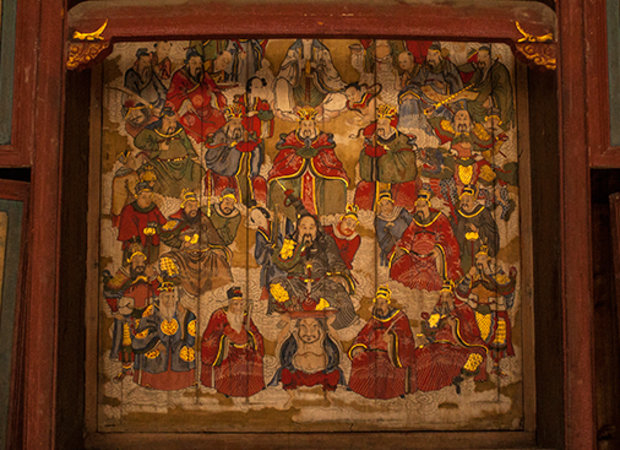
Unlikely Harvest
A little over month ago, I found myself traveling to rural Anhui province. Coal+Ice, the documentary photography exhibition I had produced for Asia Society, had been invited to exhibit at the Yixian International Photography Festival. Logistically,...
ChinaFile Recommends
11.28.12Howard French’s Images of Shanghai
New Yorker
The writer who can really shoot—the dream of generations of penny-pinching newspaper editors—is the rarest of creatures. Because I’ve failed at it enough times to know the difference between snapping off a few frames between interviews and really...
Books
10.01.12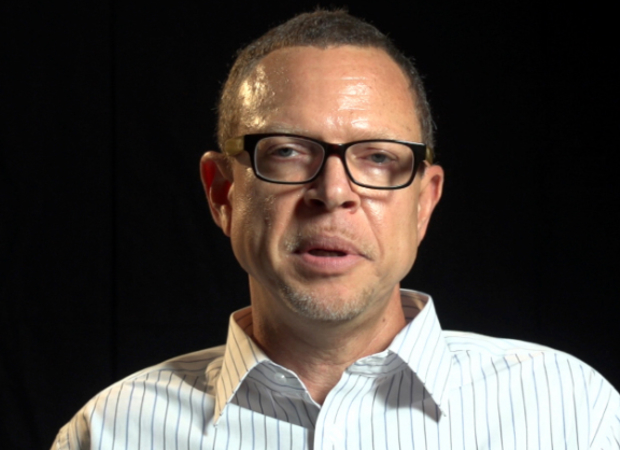
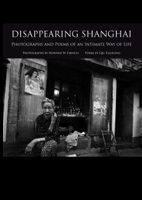
Disappearing Shanghai
This book is a photographic exploration of life in the old and rapidly disappearing quarters of Shanghai, with accompanying poems and essays by the author of fiction and poetry, Qiu Xiaolong.The photographs, all taken in a documentary style over a period of five years, represent an intimate and invaluable visual natural history of a way of life in the workers quarters and other central districts of the city that held sway throughout the 20th century and into the early years of the 21st century, before yielding to the ambitious ongoing efforts at urban reconstruction.Mr. Qiu, whose best-known books are largely set in this old city, where his protagonist Inspector Chen walks around in investigations, is suited like few others to provide a lyrical accompanying text whose purpose is to celebrate the life, beauty and texture of this world before it has vanished altogether.No photographer has pursued this subject with more dedication and persistence than Mr. French, whose photographs of Shanghai have been exhibited on four continents. Taken together, the work of these two contributors offers compelling esthetics and lasting historical value for lovers of Shanghai, past, present and future.—Homa & Sekey Books
The NYRB China Archive
09.24.12Shanghai: The Vigor in the Decay
from New York Review of Books
This is a story that sounds familiar, that we think we know or can imagine: old houses torn down for luxury malls, ordinary people poorly compensated, an intimate way of life replaced by highways and high-rises.All of this is happening in Shanghai—...
ChinaFile Recommends
09.11.12With Extra Frames, a Chinese Photographer Looks Inward
New York Times
(Part 2) Li Zhensheng, a newspaper photographer who was active in the 1960s in northern China, documented the country’s Cultural Revolution, in honest, cinematic images.
ChinaFile Recommends
09.10.12A Panoramic View of China's Cultural Revolution
New York Times
Li Zhensheng’s photographs of the Culutural Revolution are perhaps the most complete and nuanced pictorial account of the decade of turmoil ignited by Mao Zedong.Mr. Li was a photojournalist for the local paper in Harbin, capital...
Culture
08.21.12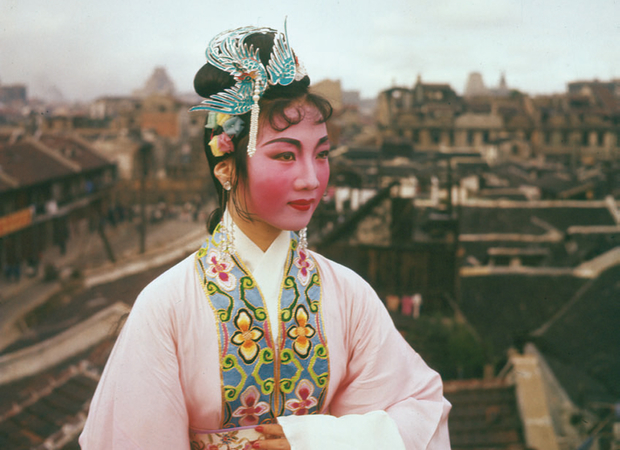
As Beautiful As Little Cats
from Leap
Leap Editor's Note: In 1957, the filmmaker Agnès Varda assumed the role of photographer during a two-month journey around both urban and rural China with a delegation of French dignitaries. In 2012, her photographs from that trip appeared in “...
Books
07.31.12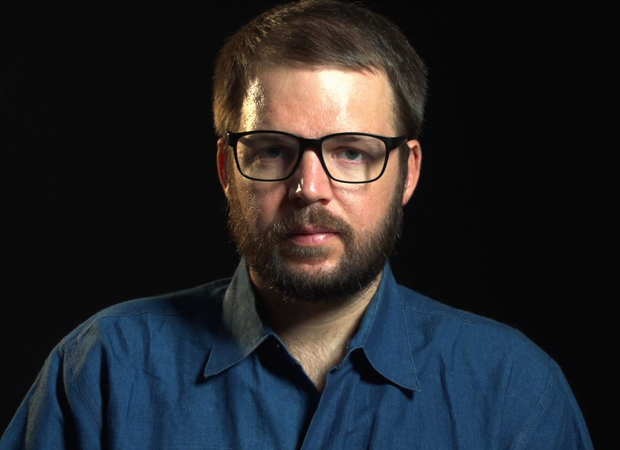
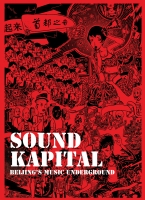
Sound Kapital
China exists today in a liminal realm, caught between the socialist idealism of old and a calamitous drive for wealth spurned by recent free market reforms. This seemingly unbridgeable gap tears at the country’s social fabric while provoking younger generations to greater artistic heights. The unique sound emerging from Beijing’s underground delves deeply into this void, aggressively questioning the moral and social basis of China’s fragile modernity even as it subsists upon it.A formidable new wave of Chinese musicians is taking the city by storm. Revolving around four venues spread across Beijing, a burgeoning group of performers are working outside government-controlled media channels, and in the process, capturing the attention of the international music community. They now constitute a fresh, independent voice in a country renowned for creative conformity and saccharine Cantonese pop. In Sound Kapital, photographer Matthew Niederhauser captures the energy of the personalities and performers at D-22, Yugong Yishan, 2 Kolegas, and Mao Livehouse. These revolutionary Beijing nightclubs remain at the core of the city’s creative explosion by hosting an eclectic mix of punk, experimental, rock, and folk performances.Included with the book are concert posters and illustrations that encapsulate the underground scene in Beijing, as well as a CD sampler of the new music being produced. There is no doubt that these musicians will continue to break ground within Beijing’s nascent artistic landscape, helping to push the boundaries of an already expanding realm of independent thought and musical expression in China.—powerHouse Books
ChinaFile Recommends
07.16.12What Twitter Can Learn From Weibo
Fast Company
Tricia Wang may hold the record for most Instagram photos taken on Chinese trains. A sociologist, ethnographer, and corporate consultant who studies global technology use among migrants, low-income people, youth, and others on society’s fringes,...
ChinaFile Recommends
07.11.12The Search for Photos of China's Past (Multimedia)
BBC
China's photographic record begins only in the 1970s because nearly all earlier pictures were destroyed. The ones that survived are mostly outside China, and a major effort is now under way to bring them together online, says the BBC's...
Books
07.10.12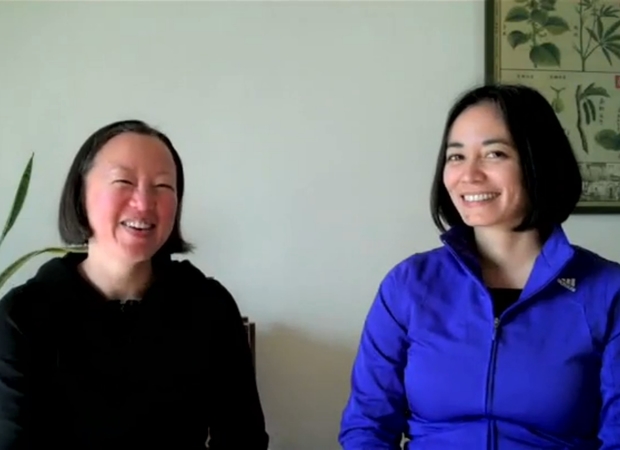
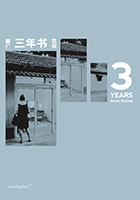
3 Years: Arrow Factory
Arrow Factory is an independently run art space located in a narrow 200-year-old alleyway in the center of Beijing. Founded in 2008, Arrow Factory reclaimed an existing storefront and transformed it into a space for site-specific installations and projects by contemporary artists that are designed to be viewed from the street twenty-four hours a day, seven days a week. Arrow Factory has aimed at reaching a diverse public made up of neighboring residents, as well as local and international art audiences, and has been instrumental in encouraging new avenues for site-oriented artistic production in China.With this publication, audiences are able to view comprehensive documentation of some twenty-eight temporary site-specific works produced by Chinese and international artists at Arrow Factory over the past three years between April 2008 to March 2011. 3 Years: Arrow Factory provides a valuable look into the uniqueness of our contemporary situation, and captures for posterity the fleeting connections that situate Arrow Factory in China’s larger economic, intellectual, and artistic zeitgeist. —Sternberg Press
ChinaFile Recommends
06.12.12HK Honey
Nowness
High above one of the world's busiest and most congested city streets, urban apiarist Michael Leung runs his crusade for conscious local food, documented in Virgile Simon Bertrand’s inspiring photographs. Leung founded HK Honey as a way of...
My First Trip
09.17.11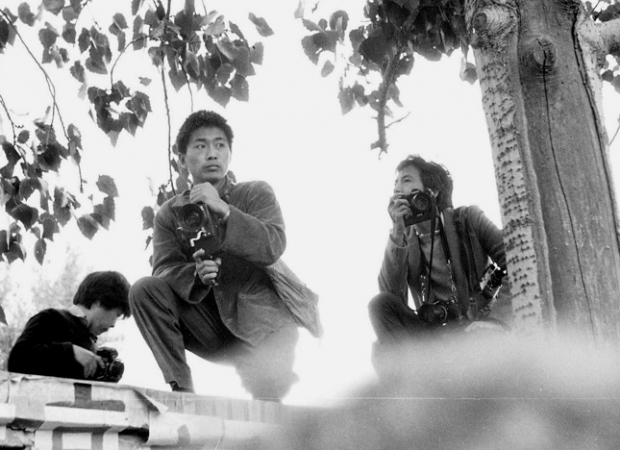
Coming Home to a New Place Each Time
As a Hong Kong-born Chinese who is a naturalized U.S. citizen, it’s hard to pinpoint my first trip to China; at least, one that I remember clearly, for my real first trip was as a toddler, in 1953 in the arms of my mother who carried me to her...
Books
12.01.10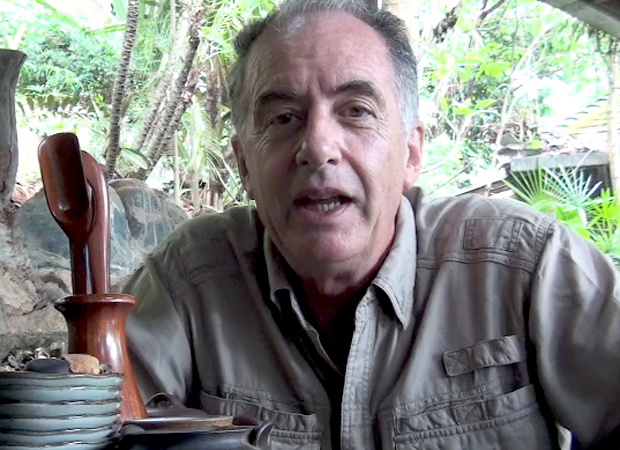
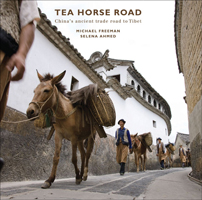
Tea Horse Road
One of the longest and most dramatic trade routes of the ancient world, the Tea Horse Road carried a crucial exchange for 13 centuries between China and Tibet. China needed war horses to protect its northern frontier, and Tibet could supply them. When the Tibetans discovered tea in the 7th century, it became a staple of their diet, but its origins are in southwest China, and they had to trade for it. The result was a network of trails covering more than 3,000 kilometres through forests, gorges and high passes onto the Himalayan plateaus, traversed by horse, mule and yak caravans, and human porters. It linked cultures, economies and political ambitions, and lasted until the middle of the 20th century. Re-tracing the many branches of the Road, photographer and writer Michael Freeman spent two years compiling this remarkable visual record, from the tea mountains of southern Yunnan and Sichuan to Tibet and beyond. Collaborating on this fascinating account, ethnobotanist Selena Ahmed’s description of tea and bio-cultural diversity in the region draws on her original doctoral research.—River Books
The NYRB China Archive
10.29.09China’s Boom: The Dark Side in Photos
from New York Review of Books
I have seen some woeful scenes of industrial apocalypse and pollution in my travels throughout China, but there are very few images that remain vividly in my mind. This is why the photographs of Lu Guang are so important. A fearless documentary...




